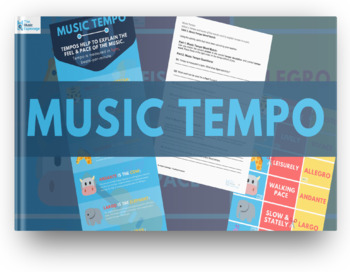Beginner'S Guide To Different Music Instruments Taught In Schools
Beginner'S Guide To Different Music Instruments Taught In Schools
Blog Article
Team Author-Farah Clemmensen
When you consider starting your musical journey, it's important to discover the various instruments commonly presented in institutions. You'll experience string tools like the violin, wind instruments such as the flute, and percussion alternatives like the entrapment drum. Each deals special sounds and experiences that can shape your musical identity. But just how do you make a decision which one straightens with your interests and convenience? The solution might shock you as you think about variables like your personal choice and the skills you hope to establish. Allow's take a closer look at what each classification uses.
Typically Instructed String Instruments
When you think of string tools in institutions, the violin, viola, cello, and dual bass usually enter your mind. These instruments form the core of several school bands and string sets, offering a rich structure for music education and learning.
The violin, recognized for its intense sound, is generally the first team instrument pupils discover. Its small size and adaptability make it suitable for beginners.
Next off, you may come across the viola, somewhat larger than the violin, and tuned a fifth lower. Its much deeper, warmer tone complements the violin wonderfully, and it plays a vital duty in creating harmony within an ensemble.
The cello, with its rich, resonant voice, offers a various playing experience. Many pupils are attracted to its meaningful abilities and the way it can convey deep emotions.
Lastly, the dual bass, the largest of the string family members, supplies the bass structure for bands. While ukuleles near me may seem frightening at first, its deep noise is crucial for basing musical compositions.
Each of these instruments helps create necessary abilities, including team effort, technique, and a love for music, making them indispensable in a college setup.
Popular Wind Instruments
Wind tools play a crucial duty in institution music programs, with preferred choices including the groove, clarinet, trumpet, and saxophone. Each of these instruments uses special audios and characteristics, making them interesting pupils of any ages.
The groove's light, airy tone typically catches the hearts of newbies. It's a fantastic selection if you enjoy playing tunes.
https://onlinemusicengineeringdeg22109.blog5star.com/32663141/pondering-if-your-child-is-ready-for-music-lessons-discover-the-trick-signs-that-could-unlock-their-music-potential-and-what-to-do-following , recognized for its abundant, cozy noise, is versatile and fits well in various music styles, from timeless to jazz.
If you're searching for something vibrant, the trumpet's intense and powerful audio will surely attract attention in any kind of set.
The saxophone integrates the best of both worlds, offering a smooth, meaningful noise that's ideal for jazz and classical music alike. Several trainees locate its bent shape and comfortable mouth piece simple to take care of, making it a preferred selection for those new to wind instruments.
When you select a wind instrument, think about the audio you're attracted to and the kind of music you wish to play.
Each alternative supplies a wonderful chance to create your musical skills and reveal on your own creatively. You'll be impressed at how swiftly you can find out and grow with these instruments!
Necessary Percussion Instruments
Percussion instruments are the heartbeat of any kind of college music program, offering rhythm and energy to different music sets. They're essential for developing a strong sense of timing and coordination in young artists. When you think of percussion, you might instantaneously imagine drums, yet there's a varied range of tools that drop under this classification.
The snare drum is a staple, known for its sharp, crisp noise that adds intensity to performances. The bass drum, with its deep, resonant tones, supports the set's rhythm. You should likewise explore cymbals, which can produce remarkable crashes or refined accents, improving the general audio.
Various other necessary percussion tools consist of tambourines, maracas, and xylophones. Tambourines use a vibrant jingle, while maracas supply an enjoyable, drinking noise. Xylophones, with their ariose bars, allow you to explore pitches along with rhythm.
Do not forget about hand percussion, such as congas and bongos, which bring a world music flavor to your arsenal. By try out these tools, you'll discover how they can boost any kind of music item, making your payment to the institution band or band unforgettable and impactful.
Final thought
Finally, exploring different music tools can be an amazing journey for you. Whether you're drawn to the rich tones of string tools, the airy melodies of wind instruments, or the rhythmic beats of percussion, there's something for every person. Remember to choose an instrument that reverberates with you, fits your convenience level, and triggers your passion. As you study music, you'll not only create brand-new skills yet also support a lifelong love for this lovely art kind.
